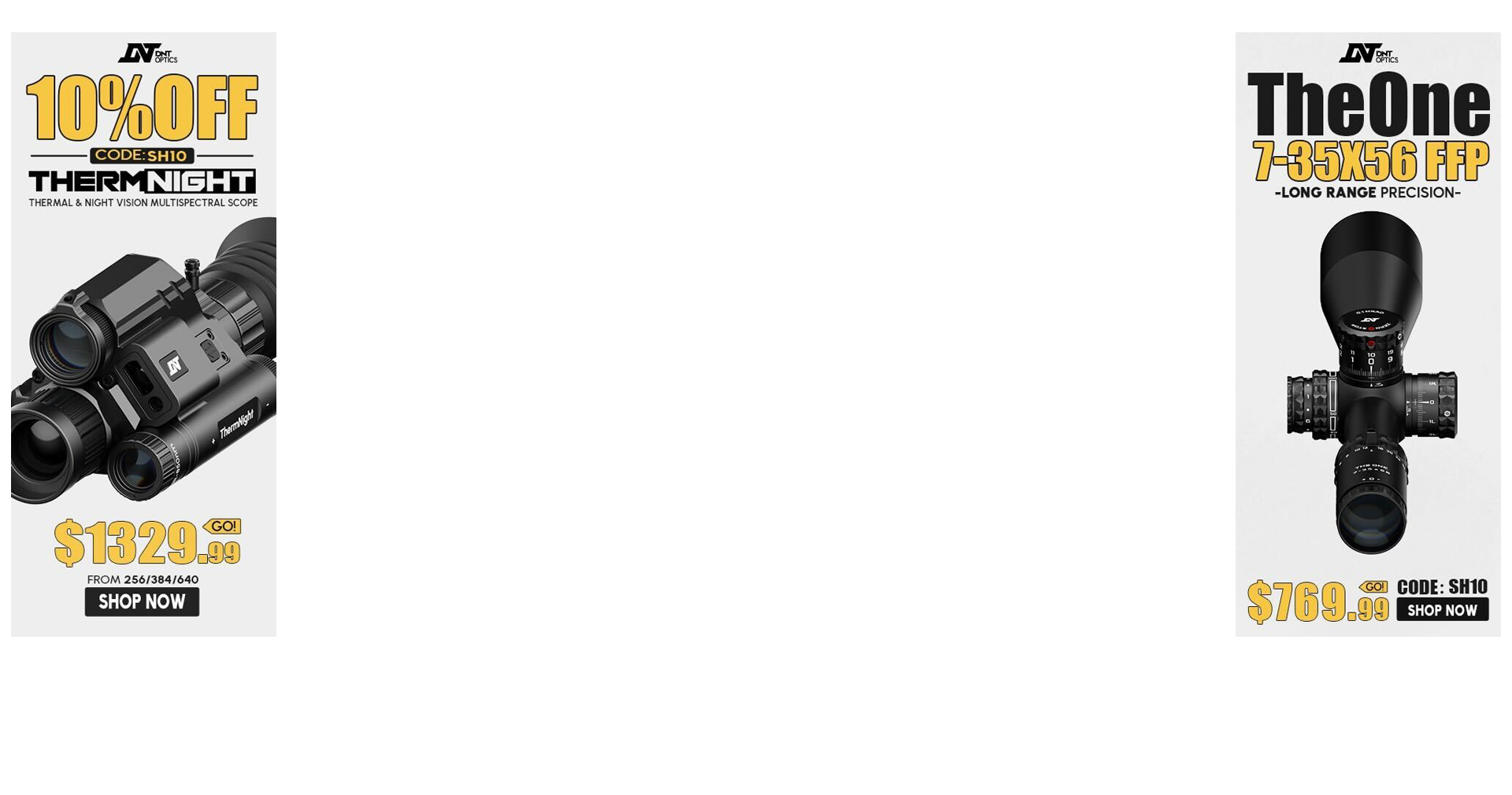Hi, i was just thinking, i read in one of the posts that the expander ball in the FL sizing dies might not be the best way to expand the neck as it pulls up as opposed to a neck expander mandrel set up.
As such, wouldn't a fire formed case closely and concentrically match the chamber....and if so, then using a FL sizing die on a clean fire formed case should bring back to tolerance any neck/shoulder/body issues. At that point couldn't one just prime, fill and then use the bullet seating die? Do you really need a mandrel expander die or does the FL sizing die narrow the neck too much even without the expander ball?
it's the middle of the night and so can't test out this theory without waking everyone...but wondering if others have done this and if it's sound. thanks
As such, wouldn't a fire formed case closely and concentrically match the chamber....and if so, then using a FL sizing die on a clean fire formed case should bring back to tolerance any neck/shoulder/body issues. At that point couldn't one just prime, fill and then use the bullet seating die? Do you really need a mandrel expander die or does the FL sizing die narrow the neck too much even without the expander ball?
it's the middle of the night and so can't test out this theory without waking everyone...but wondering if others have done this and if it's sound. thanks

